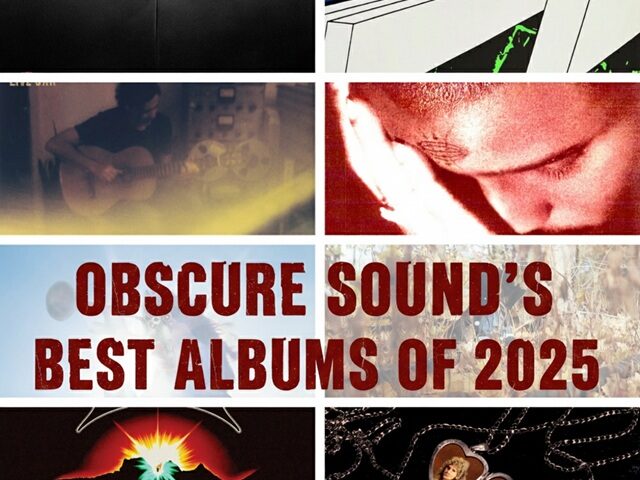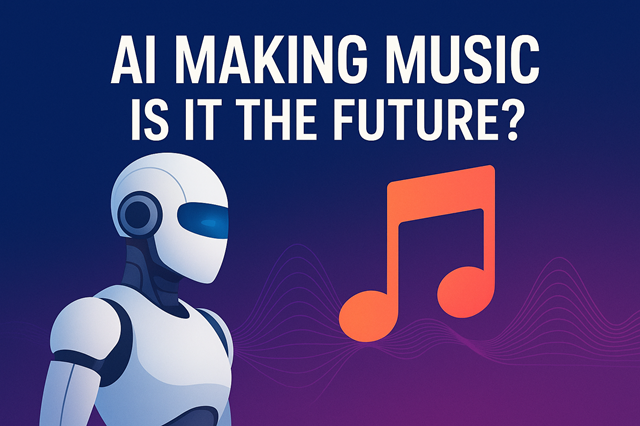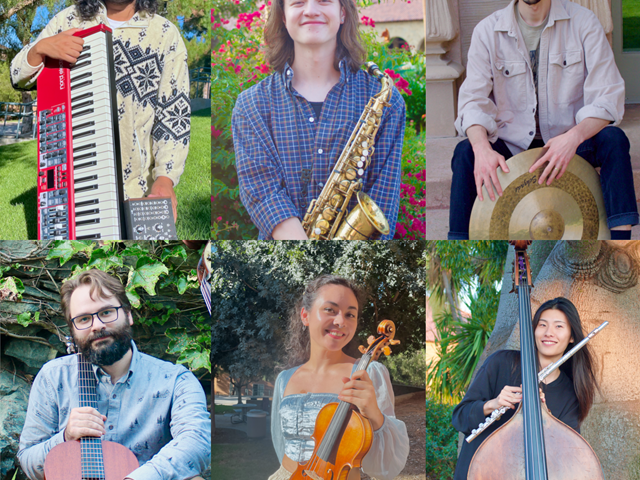We chat with Swiss-based Creative Director and electronic music producer Giorgio Fazio about his conceptual EP, Nothing but Simulation, a work steeped in the simulation hypothesis and generative digital space. He caught our ears recently with the track “Fuse (JUNGLE FLIP),” as well. The upcoming EP combines two tracks and an online experience to ask what happens when we create a simulation inside the one we may already inhabit.
You publicly shifted from Creative Director to producer in 2025. What made that the right moment to step forward with your own sound?
I don’t really see it as a shift. I’ve always had many interests and I try to carry them forward at the same time. My work remains that of a Creative Director, but with music I wanted to open a personal space, something that could exist outside of commissions or client projects. At this stage it is still an experimental world, mostly online, but it allows me to express myself in a way that is very direct.
Music also feeds back into everything else I do. It gives me the energy and the vision to imagine new worlds through visuals, artwork, and communication. The two sides influence each other constantly. Producing music is not only about sound, it becomes a starting point for designing an entire universe that can take different forms.
How has your work as a visual creative shaped the way you build tracks now?
My work as a visual creative shapes the way I approach music from the very beginning. I always start from a concept: what I want to communicate and what kind of emotion I want people to feel. From there I begin sketching ideas, sometimes a melody, sometimes building from a sample. While I am working on the track, I already start to imagine visual elements that connect to the same feeling. Those images influence me, they push the track to take a certain direction, and the sound and the visuals grow together in parallel.
This comes directly from my background as a Creative Director. I never see music as separate from images or communication. A track for me is like the center of a system, where rhythm becomes structure, textures become surfaces, and silence becomes space. Everything interacts, as if I were designing both a soundscape and its visual world at the same time.
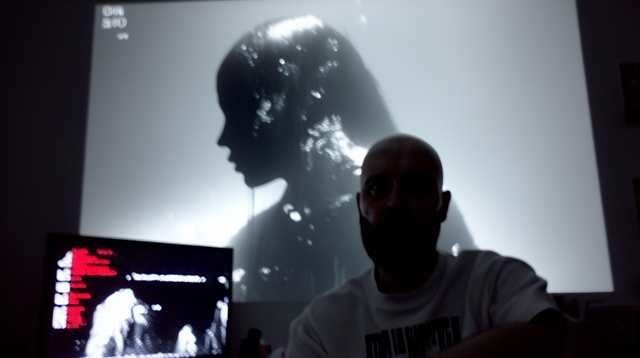
Your upcoming EP Nothing but Simulation explores emotion inside artificial systems. What personal questions were you working through in this project?
The EP started from a very simple but unsettling question: what does it mean to feel something inside a system that might not be real? I was fascinated by simulation theory, especially Nick Bostrom’s ideas, but even more by daily life online. We already spend so much time inside layers of screens, feeds, and networks that sometimes they feel more real than what is around us. That tension became the foundation of the project.
For me it was not about explaining a theory but about translating that paradox into sound. I wanted the music to carry instability, suspension, and fragility, so the listener experiences those feelings directly. Nothing but Simulation is my way of testing how far we can go in creating emotional depth within something that is artificially constructed. Alongside the music, the project also extends into nothingbutsimulation.com, a site that mirrors the same instability through constantly changing sequences of images, words, and sounds.
On a personal level it also reflects how I live creativity: between design, communication, and music. I often wonder where the boundary really is between what is authentic and what is simulated, and this EP became my way of turning that question into an experience instead of just a thought.
You’re debuting the EP with a guest mix on NTS alongside Foodman. What does that collaboration represent and mean for you?
The debut on NTS with Foodman felt like the right first step for the project. I have always admired the way he pushes sound into unexpected territories, free from rules or trends. His language is raw and uncompromising, and that energy is close to what I wanted to channel with Nothing but Simulation.
Presenting the track in his show was meaningful because NTS is not just a platform, it is a space where experimentation is part of the culture. Having the first breath of the EP there gave it an intensity and authenticity I was looking for. It felt like aligning the project with an artist and a community that share the same openness to risk and unpredictability.
With both the FUSE remix and this EP, are you building toward a larger narrative, or treating each release as its own statement?
I see each release as its own statement, but they are connected by a common thread. FUSE was about reinterpreting and reshaping, taking something that already existed and pushing it into another form. Nothing but Simulation is different because it builds a system from the ground up, with its own rules and atmosphere.
What ties them together is the exploration of instability and perception. I don’t see it as a linear story but more like fragments of the same vision. Each track is a piece that stands on its own, but when you look at them together they start to form a map of the world I am building.
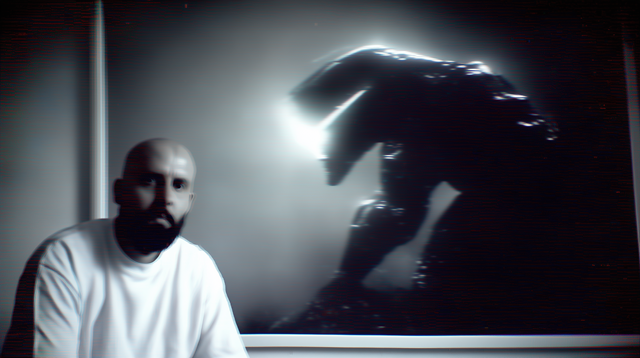
What do you hope people feel, or question, after hearing this body of work?
I hope people feel a sense of instability, of being inside something fragile and shifting, but also discover a kind of beauty in that. The EP was never meant to give answers, it was meant to create questions. If someone listens and begins to wonder about the nature of their own reality, or why a piece of music can feel both real and unreal at the same time, then the project has done its job.
What matters most to me is not a specific message but an experience. I want the tracks to open a space where emotions, images, and thoughts blur together. If people walk away with even a small doubt about what is real and what is constructed, that is the emotion I wanted to leave behind.
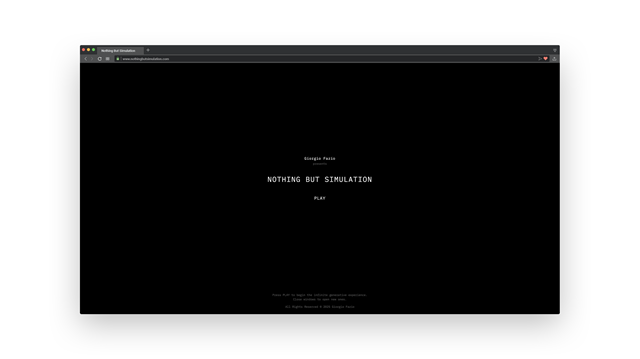
How does the project site, nothingbutsimulation.com, expand the experience of the EP?
The site is an essential part of the project. I wanted the music to live inside an environment that constantly changes, just like the idea of a simulation itself. I created it through vibe coding with Google Gemini Pro 2.5, training hundreds of video variations of myself that appear randomly together with fragments of text and links. Each visit generates a different sequence, so no two people experience it in the same way.
For me this was important because the EP is not only about sound. It is about creating a world where sound, images, and words collide and reshape themselves in real time. The site makes the project infinite, always in motion, never fixed, and that mirrors the core question: if we already live inside a simulation, what happens when we create one more inside it?



